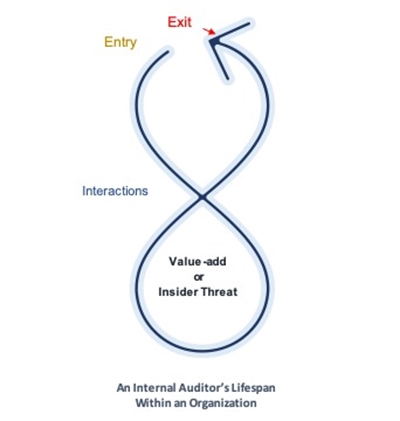Personality Traits Different people, different personalities. Some personalities that are often perceived as assets can be liabilities to internal audit. For instance, to get the "scoop," outsiders (e.g., from other departments or third parties) often look for a weak link within internal audit from whom they can obtain information. While internal audit needs to build rapport with everyone — after all, they are not enemies — there needs to be an awareness of when to set boundaries. There have been times where I have seen a chief audit executive (CAE) complain about how the new hire has unknowingly passed on some "in-house" information or techniques to clients.
Testing and Discussing Are there follow-up engagements to be conducted? This is a typical time to engage new hires. After the engagement, experiences can be discussed and this can provide insight into the theoretical concepts that may have been discussed during onboarding.
From a team of two internal auditors to a multinational running across different time zones and locations, there should not be a closed-door policy where junior team members cannot access senior team members. It is important to share practices, discuss, and engage. That way, all parties can benefit from a cross-exchange of ideas and experiences.
I once suggested a book for a CAE to discuss with a new hire. The idea was to write a summary of the book and discuss over a lunch or tea break. It took the new hire by surprise because the book was not technically inclined, but the author created some ethical scenarios around the central character. This gave them an avenue to discuss real threats to independence under different scenarios.
Sometimes it's the little things that add to the big picture.
Mustafa Yusuf-Adebola, CIA, CPA, CFE, CGA, is a fraud risk consultant and systems thinker in Ontario.




